Pest & Disease Prevention
Program Description
The pest and disease prevention and control programs provide for the first, second, and third line(s) of defense for Fresno County and California agriculture against invasive pests. These programs work in conjunction with each other to protect the environment, agriculture, and the economy.
An invasive pest is any damaging animal, insect, plant, or plant disease that is not native to a specific area. Invasive pests are detrimental to local plants, crops, and other species. They cause economic damage by requiring increased pesticide use to crops and jeopardizing international trade.
These pests rapidly expand in population size, compete with native species for resources, and damage local ecosystems. Although we tend to think of invasive pests as pests damaging to agriculture, plants, or the environment, some invasive pests pose a risk to human and animal health.
Invasive pests do not usually move to new areas on their own. People move invasive pests into new areas by moving infested plants, fruits, seeds, vegetables, grains, soil, animals, equipment, and even furniture.

Defending Against Pests
First Line of Defense
Pest exclusion is the first line of defense. The goal of pest exclusion is to keep invasive agricultural and environmental pests out of the state of California and Fresno County, and to prevent or limit the spread of newly discovered pests or pests of limited distribution. The California Department of Food and Agriculture (CDFA) maintains border stations at entry points into California. These stations inspect incoming commercial and passenger vehicles for the presence of invasive pests and/or materials being moved in violation of established quarantines.
Border stations inspect and release non-infested shipments for closer inspection by California
Agricultural Commissioner’s Offices under a warning notice. The Fresno County Agricultural Commissioner's Office conducts numerous activities to exclude pests. These activities include parcel inspections at express carriers, including the United States Post Office; incoming plant, plant product, and conveyance inspections; nursery and beehive inspections, and more. If an invasive pest is intercepted, the conveyance or commodity is either returned to its origin or treated or destroyed to eliminate the pest. These activities prevent the introduction of invasive pests into Fresno County from both outside and inside of California.
Please check out our Pest Exclusion Inspections page for more information on this subject.
The Mission of Pest Exclusion
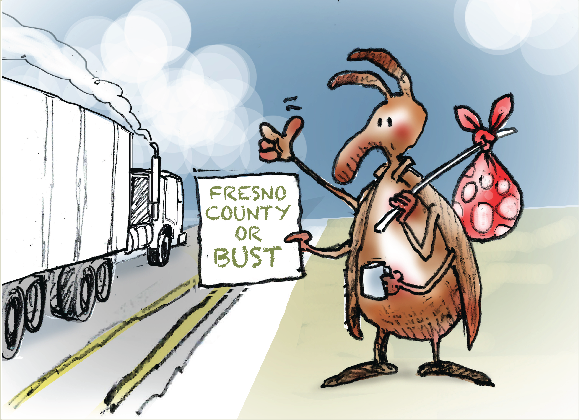 To keep exotic agricultural and environmental pests out of California and prevent or limit the spread of newly discovered pests within the state.
To keep exotic agricultural and environmental pests out of California and prevent or limit the spread of newly discovered pests within the state.
Not an easy task. Why?
- Pests reproduce rapidly.
- They are often mobile.
- Humans help transport them.
So how is the mission achieved?
Laws and regulations exist to mitigate the risks and focus on the pathways of human activities. However, laws and regulations are worthless without enforcement.
Second Line of Defense
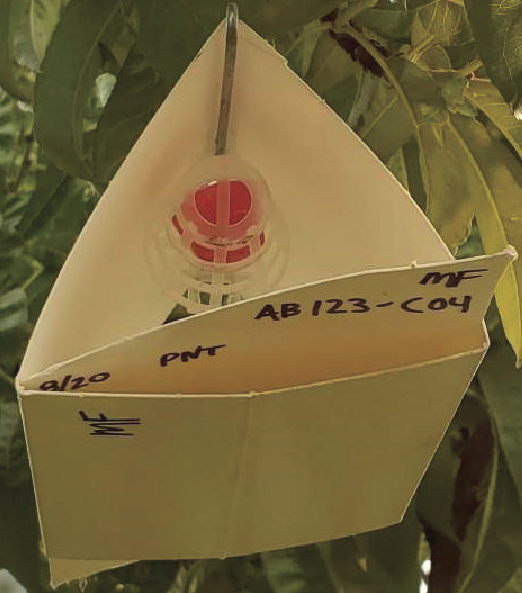 The second line of defense is our Pest Detection Trapping and Special Survey Programs. The Primary objectives of the Pest Detection Trapping and Special Survey Programs is to find
The second line of defense is our Pest Detection Trapping and Special Survey Programs. The Primary objectives of the Pest Detection Trapping and Special Survey Programs is to find
- insect pests before they infest one square mile;
- plant diseases before they exceed one-half of a square mile; and
- vertebrate pests in the smallest area possible.
The California Department of Food and Agriculture (CDFA) contracts with the Fresno County Department of Agriculture (the Department) to deploy insect detection traps and conduct surveys. Funds for these activities come from The United States Department of Agriculture, CDFA, and your local tax dollars. Negative trapping or survey results are used to assure our domestic and international trading partners that export shipments from Fresno County are free of damaging agricultural pests. This enhances and expands the market for our local agricultural producers, which in turn benefits our local economy. Insects targeted for detection by the countywide network of traps include exotic fruit flies (particularly species of Bactrocera, Dacus, Ceratitis, Anastrepha), Japanese beetle, light brown apple moth, khapra beetle, spongy moth (formerly known as the gypsy moth), Asian citrus psyllid and European grapevine moth.
Special surveys are conducted to detect pest presence in crops as threats become apparent. Past surveys conducted in the county include surveys for red imported fire ant and sudden oak death in nurseries, karnal bunt in wheat, and sweet orange scab in citrus plantings. Please visit our Insect Detection Programs page for more information on this subject.
Third Line of Defense
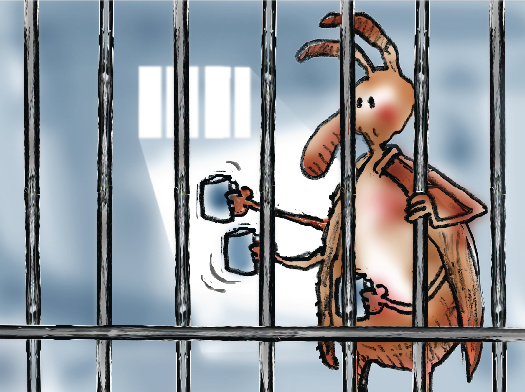 The third line of defense is through quarantine enforcement. The goal of these programs is to prevent pest movement and hopefully eradicate the pest. Once an invasive pest has been detected, a quarantine area may be established to prevent the spread.
The third line of defense is through quarantine enforcement. The goal of these programs is to prevent pest movement and hopefully eradicate the pest. Once an invasive pest has been detected, a quarantine area may be established to prevent the spread.
A quarantine will generally restrict the movement of certain articles that are associated with how the pest could be moved. The Department enforces quarantine regulations and cooperates with the California Department of Food and Agriculture, which is usually the lead agency to eradicate the pest. The quarantine and detection trapping components work together to track the movement of the invasive pest. Enforcement of quarantine regulations complete the circle as pest exclusion activities occur outside of the quarantine area to prevent the movement of the invasive pest.
For more information, please visit the Quarantine section of the Pest Management page.
Some pests are easier to eradicate than others. The establishment of a quarantine is no guarantee that an invasive pest will be eradicated. The Department’s Pest Management Programs manage agricultural nuisance pests. Many of these pests are recently introduced species that have become established despite the best efforts to eradicate them. Restrictions on articles that could move the pests may still be in place, but eradication is not likely. The Department offers management and eradication strategies for general agricultural pests such as ground squirrels, gophers, coyotes, wild pigs, and invasive noxious weeds.
Please visit our Pest Management page for more information on this subject.
Together, pest exclusion, pest detection, quarantine enforcement, and pest management programs serve to protect agriculture and the environment from invasive pests and assist agriculture and the public with the management of general pests.
Invasive Pest Links
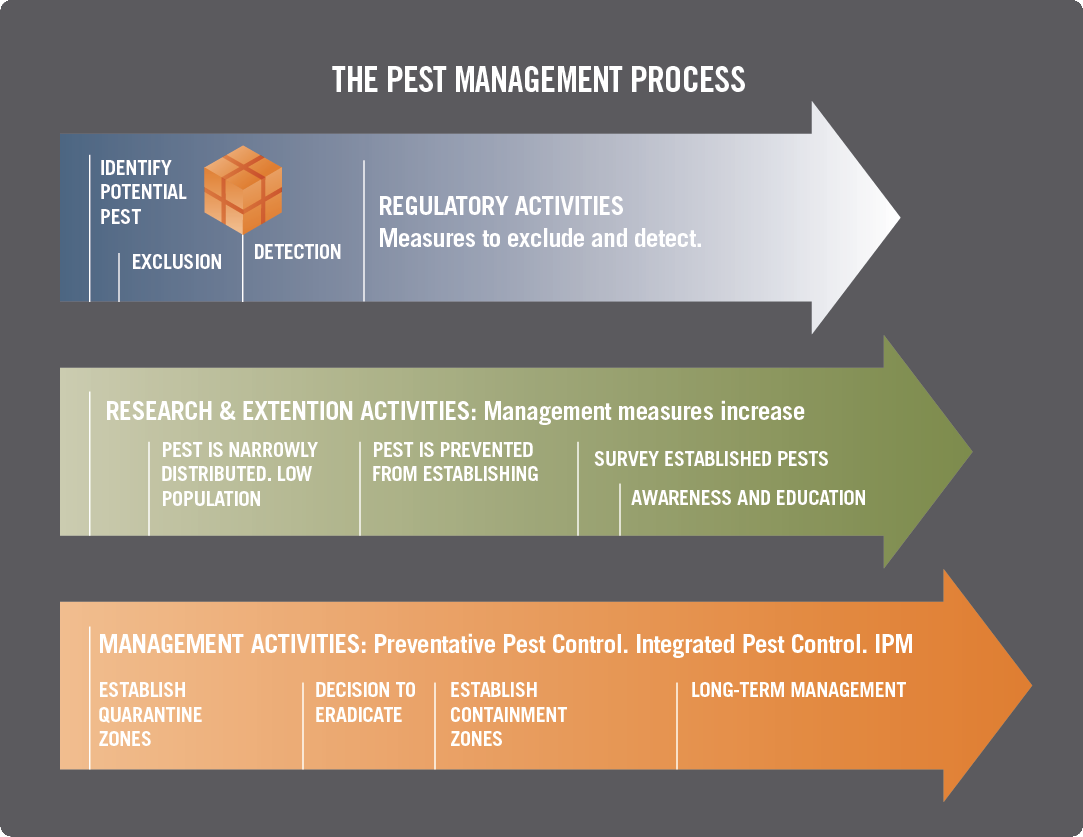
Don’t Pack a Pest
 The Mission of the Don’t Pack a Pest Program
The Mission of the Don’t Pack a Pest Program
To educate travelers about the risks associated with carrying certain types of food, plants, or other agricultural items in passenger baggage, the U.S. Department of Agriculture, U.S. Customs and Border Protection and the Florida Department of Agriculture and Consumer Services developed the Don’t Pack a Pest program. This inter-governmental program is working to safeguard food and agriculture in the U.S. and beyond.
It is critical that travelers declare all agricultural products and food stored in baggage, mail, express carrier packages, and passenger vehicles. Don’t pack a pest!
Spongy Moth (formerly known as the gypsy moth)
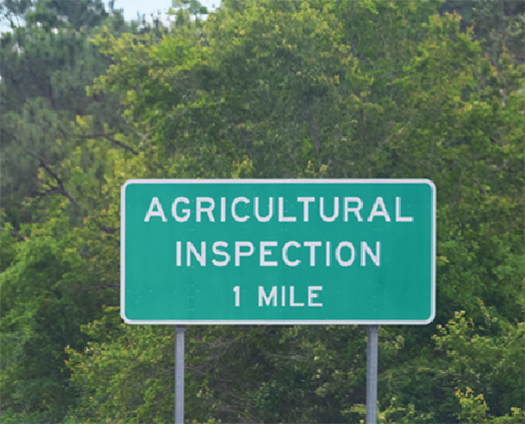 The spongy moth (Lymantria dispar) is a pest that voraciously feeds on the leaves of trees and shrubs, threatening residential settings, forests, and agricultural tree crops. Originally from Europe and Asia, the spongy moth was brought to the U.S. for breeding experiments in Massachusetts in the 1860s and accidentally escaped. Moth finds are generally the result of persons transporting infested articles when moving to California from infested areas. The spongy moth lays its eggs on outdoor items, and the moth is spread when these items are moved. The spongy moth infested areas include all or portions of the following states: Alabama, Arkansas, Colorado, Connecticut, Delaware, District of Columbia, Illinois, Indiana, Maine, Maryland, Massachusetts, Michigan, Minnesota, Mississippi, Missouri, New Hampshire, New Jersey, New Mexico, New York, North Carolina, Ohio, Oregon, Pennsylvania, Rhode Island, South Carolina, South Dakota, Tennessee, Texas, Utah, Vermont, Virginia, Washington, West Virginia, and Wisconsin.
The spongy moth (Lymantria dispar) is a pest that voraciously feeds on the leaves of trees and shrubs, threatening residential settings, forests, and agricultural tree crops. Originally from Europe and Asia, the spongy moth was brought to the U.S. for breeding experiments in Massachusetts in the 1860s and accidentally escaped. Moth finds are generally the result of persons transporting infested articles when moving to California from infested areas. The spongy moth lays its eggs on outdoor items, and the moth is spread when these items are moved. The spongy moth infested areas include all or portions of the following states: Alabama, Arkansas, Colorado, Connecticut, Delaware, District of Columbia, Illinois, Indiana, Maine, Maryland, Massachusetts, Michigan, Minnesota, Mississippi, Missouri, New Hampshire, New Jersey, New Mexico, New York, North Carolina, Ohio, Oregon, Pennsylvania, Rhode Island, South Carolina, South Dakota, Tennessee, Texas, Utah, Vermont, Virginia, Washington, West Virginia, and Wisconsin.
Outdoor articles such as trailers, boats, lawn items, dog houses, etc. coming from infested areas will be subjected to a county inspection. You must self-inspect outdoor items if you are coming from a spongy moth infested area and entering California, or any other non-infested area. Upon entry into California, one of the California Border Stations will issue the driver a warning notice to hold the shipment for inspection at the destination county. The phone number for the local County Agricultural Commissioner will be listed on the notice. The receiver of the notice must hold the shipment until it is inspected and released by the County Agricultural Commissioner. Call the phone number indicated on the notice to schedule an inspection. Help us keep spongy moth out of California!
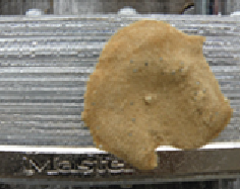
Spongy Moth (Lymantria dispar) egg mass on a padlock. Credit: USDA
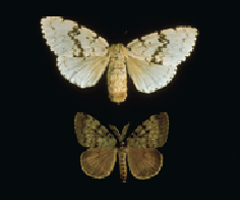
Spongy Moth (Lymantria dispar) Female (top) and Male (bottom) Credit: USDA
Spotted Lanternfly
The spotted lanternfly (Lycorma delicatula) is native to China and was first detected in Pennsylvania in September 2014. Spotted lanternflies feed on a wide range of fruit, ornamental, and woody trees, with tree-of-heaven being one of the preferred hosts. Spotted lanternflies are invasive and can be spread long distances by people who move infested material or items containing their egg masses. Spotted lanternflies will lay their eggs on almost any surface. If allowed to spread in the United States, this pest could seriously impact the country’s grape, orchard, and logging industries. Outdoor articles such as trailers, boats, lawn items, dog houses, etc. coming from infested areas will be subjected to a county inspection.
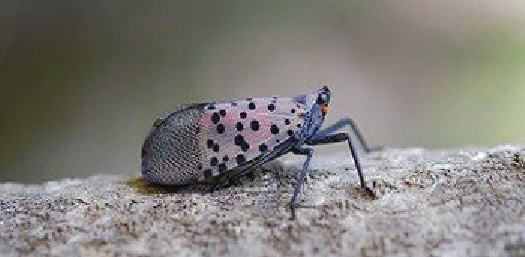
A Spotted lanternfly (Lycorma delicatula) at rest. Credit: USDA
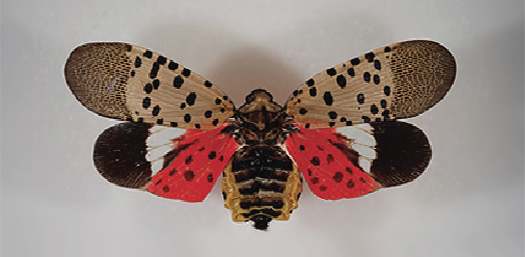
Pinned spotted lanternfly adult with wings open. Note the bright red coloration now visible on the hindwings. This cannot be seen when the insect is at rest. Credit: Pennsylvania Department of Agriculture